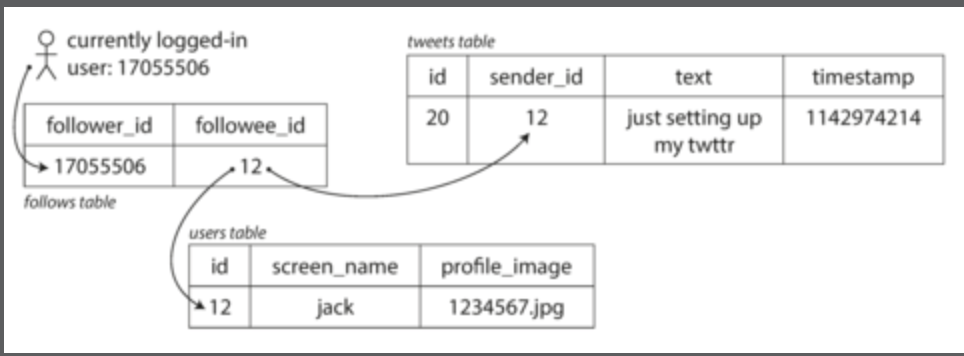

Using hundreds of illustrations and an elegant intuitive modeling language, the authors-all internationally-known database researchers-present a methodology that fully exploits the conceptual modeling approach of software engineering, from idea to application. This book represents a breakthrough for Web application developers. Scores of database management systems across the Internet access and maintain large amounts of structured data for e-commerce, on-line trading, banking, digital libraries, and other high-volume sites.Developing and maintaining these data-intensive applications is an especially complex, multi-disciplinary activity, requiring all the tools and techniques that software engineering can provide. To get notified when I write something new, you can subscribe to the RSS feed or enter your email below.The most prominent Web applications in use today are data-intensive. Post Title: Name Email Message Send Message Follow along


I had no intention of sharing these notes at the beginning. The first seven chapter notes I'll share were written without a public audience in mind.This is not meant to be a substitute for the book, and you will rob yourself of a lot of useful knowledge if you use these notes as a replacement for the book.This was inspired by Jasdev's attempt to learn in public and I hope that you can learn a thing or two from my notes. This post is to share the notes I've taken while reading Martin Kleppmann's book: Designing Data-Intensive Applications. The first time is typically during my commute to work, and the second time is when I'm home and try to take notes from the book. I tend to read a technical book twice before I can convince myself that I've actually read the book.

Learning Diary: Designing Data Intensive Applications by Martin Kleppmann Learning Diary: Designing Data Intensive Applications by Martin Kleppmann Timilearning


 0 kommentar(er)
0 kommentar(er)
